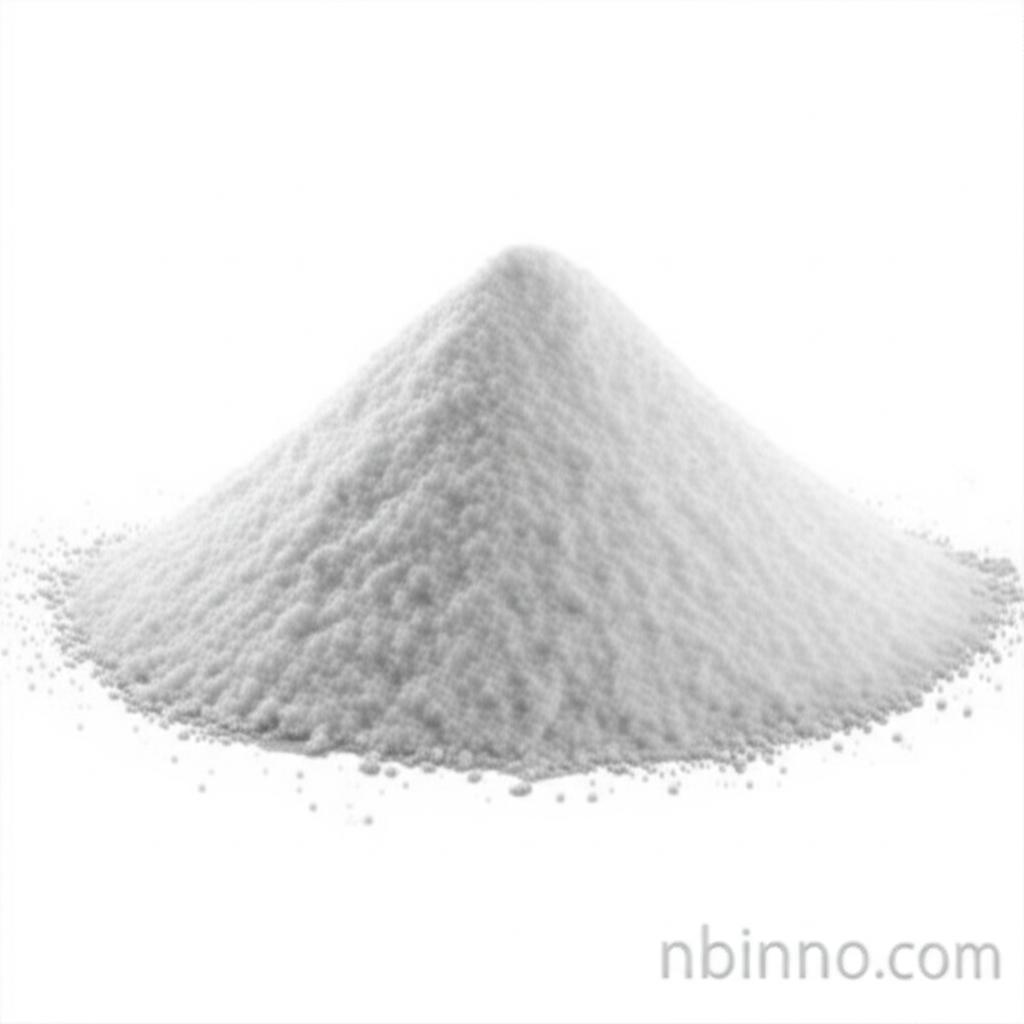Stearic Acid: A Versatile Industrial Workhorse
Discover the essential properties and wide-ranging applications of stearic acid, a key component in modern manufacturing.
Get a Quote & SampleProduct Core Value

Stearic Acid
Stearic acid is a saturated fatty acid that plays a crucial role as a surfactant, emulsifier, lubricant, softener, stabilizer, and release agent across a multitude of industries. Its unique chemical structure makes it invaluable in formulations requiring texture enhancement, stability, and improved processing.
- Explore the diverse uses of stearic acid in plastics, including its function as a plasticizer and PVC stabilizer, contributing to enhanced flexibility and durability.
- Understand the critical role of stearic acid as a lubricant and its benefits in rubber vulcanization, optimizing the material's elasticity and strength.
- Learn about the applications of stearic acid in cosmetics and personal care products, where it acts as a softener and emulsifier for creams and lotions.
- Discover how stearic acid is employed in candle making to increase melting point and hardness, prolonging burn time.
Key Advantages of Stearic Acid
Improved Processability
The lubricating properties of stearic acid significantly enhance the flow of polymer melts during processing, leading to better mold filling and extrusion, a key benefit for efficient manufacturing.
Enhanced Material Properties
As a plasticizer, stearic acid modifies plastic properties, increasing flexibility and reducing brittleness, which is vital for creating durable end-products.
Cost-Effectiveness and Sustainability
Derived from renewable resources, stearic acid offers an economical and environmentally friendly alternative to many synthetic additives in the chemical industry.
Key Applications
Cosmetics and Personal Care
Stearic acid is a base material for creams, lotions, and soaps, acting as a softener, stabilizer, and emulsifier, crucial for creating desired product textures.
Plastics and Rubber Industry
It functions as a lubricant, release agent, and stabilizer for PVC, while also acting as an accelerator activator in rubber vulcanization, enhancing durability and elasticity.
Candle Manufacturing
Stearic acid increases the melting point and hardness of candles, ensuring a longer and steadier burn, a classic application in this sector.
Food and Pharmaceutical Use
Stearic acid is approved as a food additive and used as a lubricant in tablet manufacturing and coatings for capsules, demonstrating its versatility.
